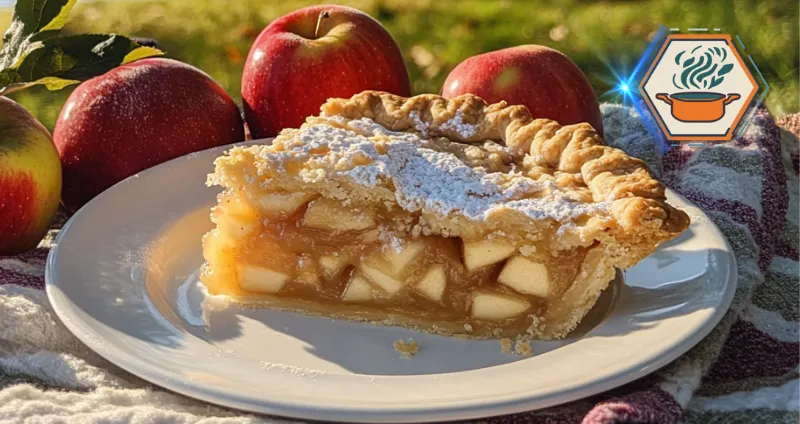Time to read:14 minutes
Table of Contents
The Science Behind Cornstarch in Apple Pie
Apple pie is a classic dessert enjoyed by many. But what makes its filling smooth, glossy, and perfectly thickened? The answer lies in cornstarch. This humble ingredient plays a critical role in creating the ideal texture and flavor. Let’s explore why cornstarch is so essential in apple pie.
Understanding Cornstarch
What Is Cornstarch, and How Is It Made?
Cornstarch is a fine, white powder derived from the starchy part of corn kernels. It is extracted by soaking the kernels, separating the starch from the germ and fiber, and then drying it into a powder. This simple process produces a versatile ingredient used in cooking, baking, and even industrial applications.
Cornstarch has little to no flavor, making it an excellent addition to recipes where taste neutrality is essential. Its primary function in cooking is as a thickening agent. It’s especially prized for its ability to create smooth and glossy textures, unlike other thickeners that can result in cloudiness.
Properties of Cornstarch: Thickening and Binding Agents
Cornstarch has two standout properties that make it invaluable for apple pie filling:
- Thickening Power: When mixed with liquid and heated, cornstarch forms a gel-like structure. This process, known as gelatinization, gives pie fillings their smooth and thick consistency.
- Binding Ability: Cornstarch helps bind the apple slices and their juices together, preventing the filling from spilling out when sliced.
Comparison With Other Pie Thickeners
Cornstarch isn’t the only thickener used in pie fillings. Let’s see how it compares to others:
- Flour: Common in baking, but it can leave a cloudy appearance and a heavier texture.
- Tapioca: Works well but may create a chewy consistency. It’s also less effective with acidic fruits like apples.
- Arrowroot: Great for thickening but loses its properties when exposed to high heat for long periods, making it less ideal for baked pies.
Learn more about thickening techniques in our related article: How to Thicken Jello Pudding for Pie.
How Cornstarch Interacts With Apples
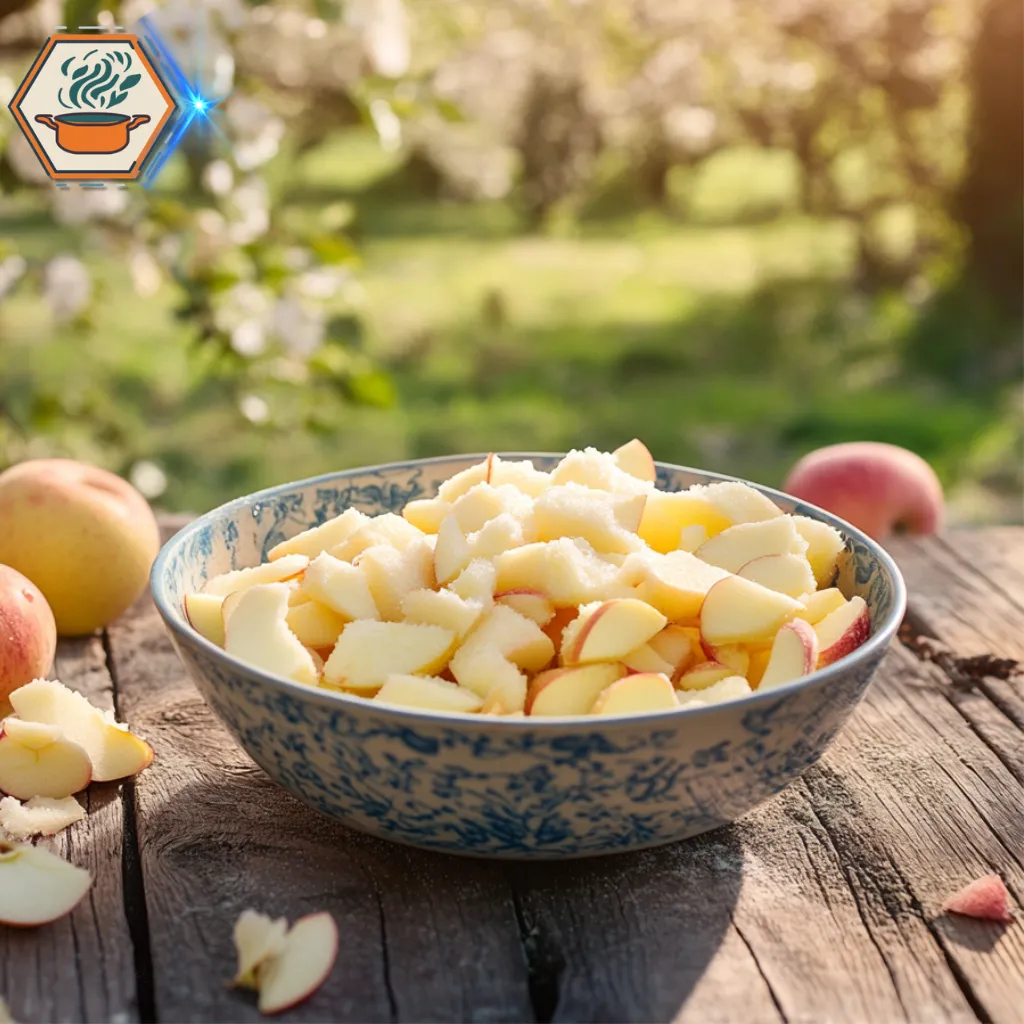
Role of Natural Apple Juices in Pie Filling
Apples release a significant amount of juice as they cook. While this juice is flavorful, it can make your pie filling watery and unappealing. Cornstarch absorbs these juices, turning them into a thick, luscious sauce that coats every slice of apple.
Different apple varieties produce varying amounts of juice. For example:
- Granny Smith apples release less juice and are firmer.
- Honeycrisp apples are juicier, requiring slightly more cornstarch for the right consistency.
How Cornstarch Thickens Fruit-Based Fillings
Cornstarch thickens fillings by undergoing a process called gelatinization. When heated with liquid, the starch granules absorb water and swell, forming a gel. This process transforms the liquid from runny to thick, giving apple pie its signature texture.
The ideal temperature for cornstarch to activate is around 203°F (95°C). Heating below this temperature may leave the filling runny, while overheating can break down the starch, causing it to thin again.
Chemical Reactions During Baking: Gelatinization Process
Gelatinization isn’t just about thickening; it’s a chemical reaction. Here’s what happens:
- Cornstarch molecules absorb water and swell.
- The heat disrupts the starch’s structure, allowing it to trap the liquid within.
- As the pie cools, the starch gel sets, ensuring the filling remains stable.
For more about the science of baking, visit Wikipedia’s Cornstarch Page.
Benefits of Using Cornstarch in Pies
Ensures a Non-Watery Filling
One of the biggest challenges in apple pie making is avoiding a soggy filling. Cornstarch solves this by binding the natural apple juices. The result is a filling that stays intact, even when the pie is sliced.
Creates a Glossy Texture for the Filling
Cornstarch gives the pie filling a glossy appearance. This sheen enhances the pie’s visual appeal, making it look as good as it tastes.
Prevents Soggy Crusts
When the filling is too runny, it can seep into the crust, making it soggy. Cornstarch thickens the juices, preventing them from soaking into the crust. This keeps the base crisp and flaky, even after baking.
LSI Keywords and FAQs for Science Enthusiasts
Can You Substitute Cornstarch in Apple Pies?
Yes, you can substitute cornstarch with other thickeners like tapioca or flour. However, each thickener behaves differently. For instance:
- Tapioca works best for runnier fruits but may create a chewy texture.
- Flour can be used, but it often results in a heavier filling.
For the best results, adjust the quantity based on the thickener used.
Is Cornstarch Safe for Baking at High Temperatures?
Yes, cornstarch is safe for baking at high temperatures. It remains stable and effective up to 400°F (204°C). However, overheating or prolonged exposure to high heat can break down its structure, causing the filling to thin out.
To avoid this, bake your pie according to the recipe’s guidelines and allow it to cool before serving.
Practical Uses of Cornstarch in Baking Apple Pies
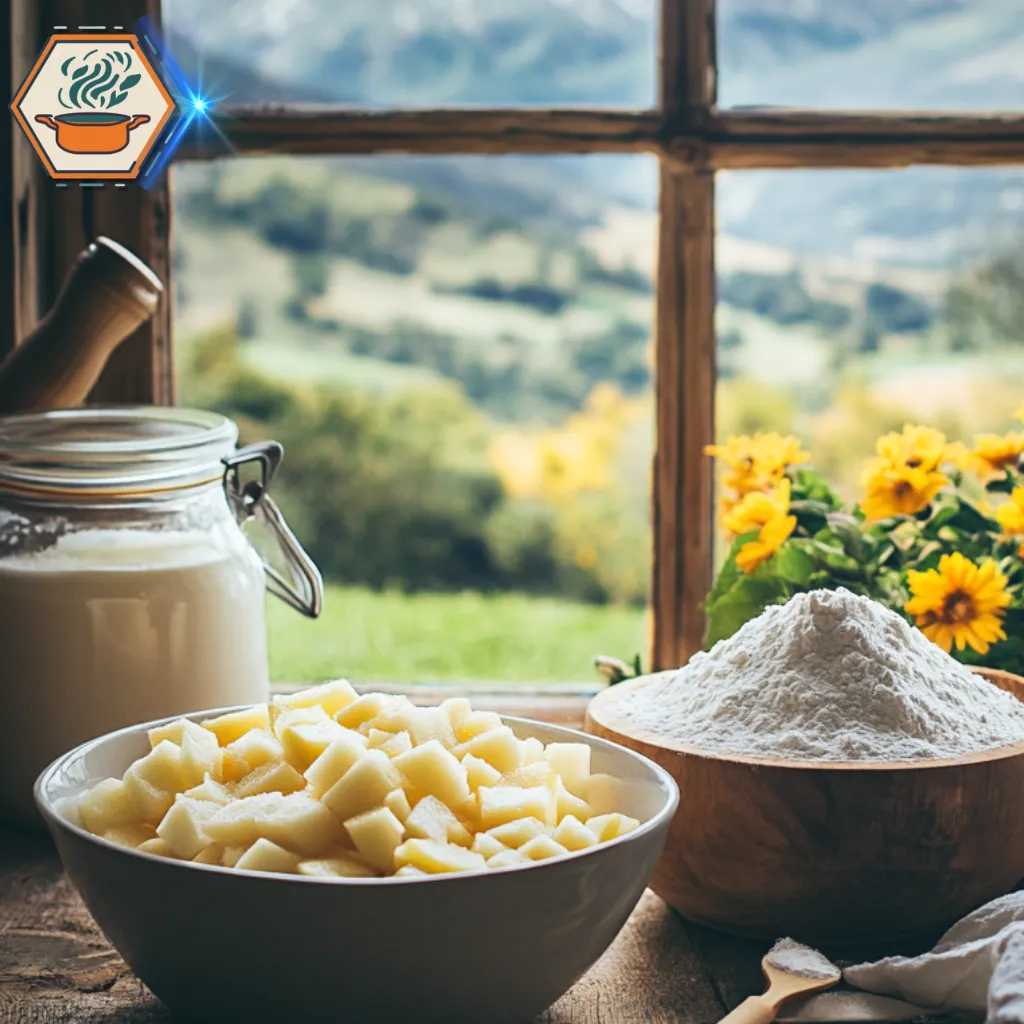
Step-by-Step Guide to Adding Cornstarch
Cornstarch is a vital ingredient in baking apple pies, often used to create the perfect consistency for the filling. Below, you’ll find a detailed guide on how to add cornstarch effectively.
1. How Much Cornstarch to Use for Different Pie Sizes
- For a 9-inch pie: Use 1 to 2 tablespoons of cornstarch. This is sufficient for most apple pies with a standard amount of juicy filling.
- For a deep-dish pie: Increase the amount to 2 to 3 tablespoons. This helps to thicken the extra filling without compromising the taste or texture.
- Mini pies: Use about 1 teaspoon of cornstarch per pie.
Make sure to adjust the quantity based on the juiciness of your apples, as some varieties release more liquid during baking.
2. Mixing Techniques: Avoiding Lumps in the Filling
Properly mixing cornstarch with the other ingredients is crucial to avoid lumps:
- Combine cornstarch with sugar: Mixing these two dry ingredients before adding them to the apples ensures even distribution.
- Dissolve in liquid: If you’re using a juice or water in your filling, dissolve the cornstarch in a small amount of cold liquid first. This slurry prevents clumps from forming.
- Add gradually: Pour the cornstarch mixture slowly while stirring the filling. This allows it to integrate smoothly.
3. Ideal Ratios of Cornstarch to Liquid in Pie Recipes
Getting the ratio of cornstarch to liquid correct ensures your filling sets properly:
- For every cup of liquid, use 1 to 1.5 tablespoons of cornstarch.
- Adjust the ratio based on the desired thickness. For firmer fillings, increase the cornstarch slightly.
Avoiding Common Mistakes
Even experienced bakers can encounter challenges when working with cornstarch. Here’s how to avoid the most common errors:
1. Overusing Cornstarch: Effects on Taste and Texture
Adding too much cornstarch can:
- Make the filling gummy: An over-thickened filling can feel sticky or pasty.
- Dull the flavor: Cornstarch can mask the natural sweetness of apples.
Stick to the recommended amounts to preserve the pie’s balance.
2. Temperature Sensitivity: Why Cornstarch Doesn’t Work with Acidic Fruits
Cornstarch is less effective with high-acid ingredients, such as tart apples or citrus fruits:
- Acidity can break down cornstarch, leaving the filling runny.
- In such cases, consider alternatives like tapioca starch or arrowroot powder, which perform better in acidic environments.
3. Alternatives for Cornstarch in Case of Dietary Restrictions
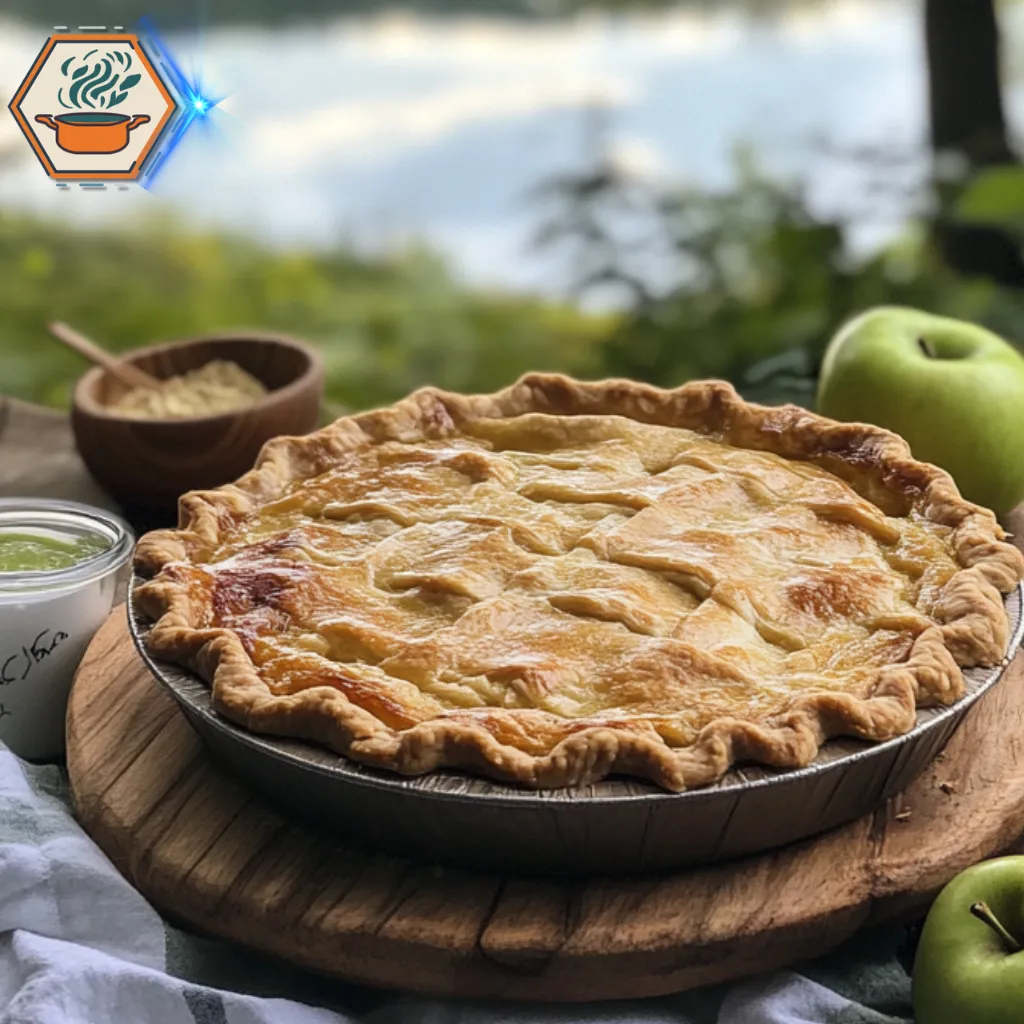
If cornstarch isn’t an option, here are some substitutes:
- Tapioca starch: Provides a glossy finish and thickens at lower temperatures.
- Arrowroot powder: Works similarly to tapioca but is neutral in flavor.
- All-purpose flour: A common alternative, though it creates a more opaque filling.
Tips for Perfect Apple Pie Consistency
Achieving the perfect consistency for your apple pie filling involves more than just the thickener. Consider these additional tips:
1. Choosing the Right Apples: Varieties with Lower Water Content
- Best choices: Granny Smith, Honeycrisp, or Braeburn apples. These varieties have firmer flesh and release less liquid during baking.
- Avoid: Red Delicious or Fuji apples, which are too soft and watery for pies.
Using the right apples reduces the risk of an overly runny filling, even with minimal cornstarch.
2. Pairing Cornstarch with Sugar for Better Caramelization
Adding sugar enhances the thickening power of cornstarch:
- Sugar helps draw out moisture from the apples, which combines with the cornstarch to form a smooth, luscious sauce.
- Use brown sugar for a deeper, caramel-like flavor.
3. Pre-Cooking Your Filling with Cornstarch for Optimal Results
For a consistent texture and even cooking:
- Simmer the filling: Heat the apples, sugar, and cornstarch mixture over medium heat until thickened. This pre-cooking step ensures no surprises when the pie bakes.
- Cool before filling: Let the cooked filling cool slightly before transferring it to the pie crust. This prevents a soggy bottom crust.
Enhance your baking knowledge with these resources:
- For tips on adding dairy or non-dairy liquids to recipes, visit our guide on Milk in Meatloaf.
- Learn more about the science behind cornstarch on Wikipedia.
Stay tuned for more baking tips in the next part of this guide!
Comparing Cornstarch with Other Pie Thickeners
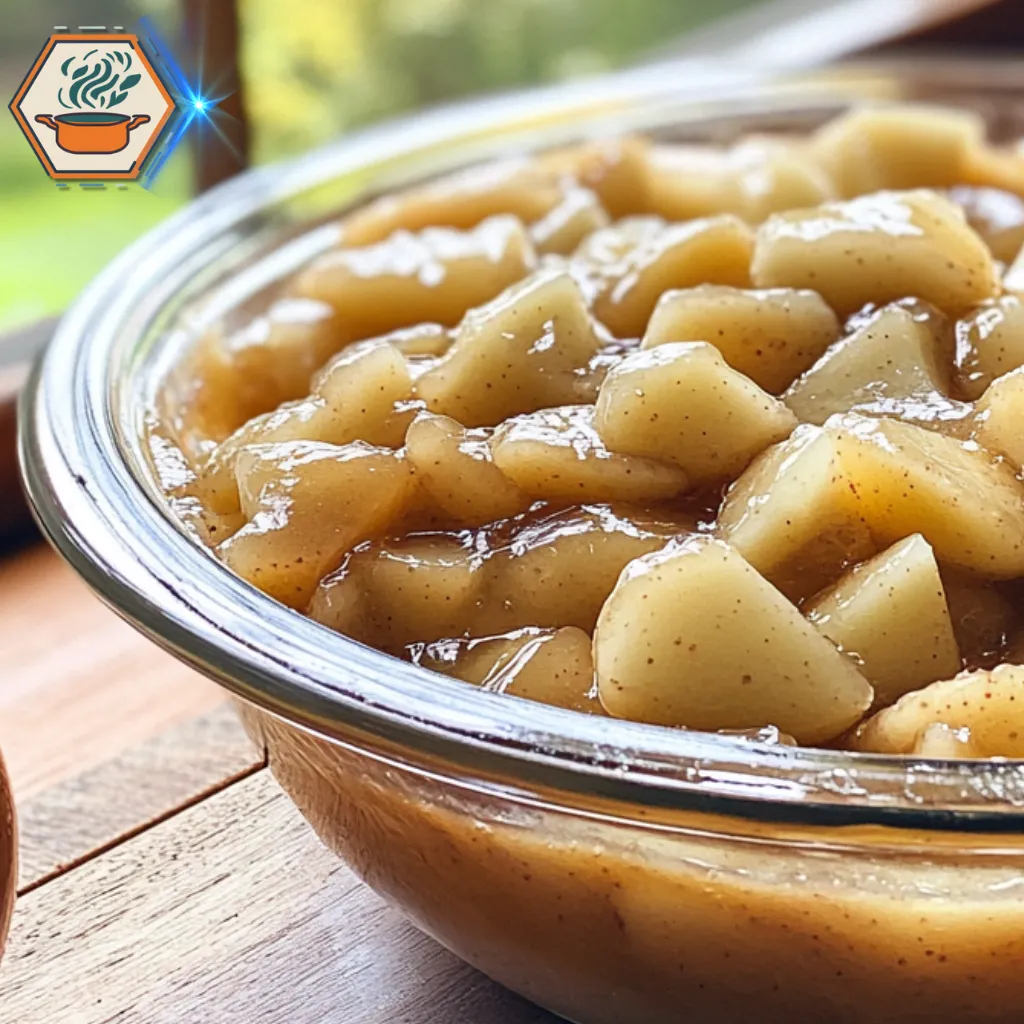
When crafting the perfect pie, the choice of thickener significantly impacts the texture, taste, and appearance of the filling. This section explores how cornstarch compares to other common pie thickeners, such as flour, tapioca, and arrowroot powder, helping you make informed decisions for your next baking endeavor.
Cornstarch vs. Flour
1. Texture Differences in Baked Pies
Cornstarch and flour are the most accessible thickeners for pie fillings. However, they produce distinct textures:
- Cornstarch creates a glossy, translucent filling, ideal for fruit pies where vibrant colors and a smooth texture are desired.
- Flour results in a more opaque filling, often with a slightly heavier texture. This works well for rustic pies, like pecan or traditional apple pies.
2. Which Thickener Works Better for Apple Pies?
For apple pies, the choice depends on the outcome you seek:
- If you want a clear, jelly-like filling, cornstarch is the better choice. It sets beautifully, even with high moisture fruits.
- If you prefer a creamy, thick filling with a homely touch, flour offers a satisfying, sturdy consistency.
Key Note: Flour requires more quantity than cornstarch to achieve the same thickening effect, which may subtly alter the flavor of your pie.
Perfect Meatloaf Every Time – Explore how different ingredients influence texture in savory dishes.
Cornstarch vs. Tapioca
1. Pros and Cons: Texture, Taste, and Cooking Process
Tapioca, especially in its instant or pearl form, is another popular choice:
- Texture: Tapioca provides a slightly granular, chewy finish compared to the silkiness of cornstarch. Some bakers appreciate its rustic appeal, while others may find it less refined.
- Taste: Tapioca is neutral in flavor, blending seamlessly with sweet pie fillings. Cornstarch, similarly, lacks a dominant taste, making both versatile.
- Cooking Process: Tapioca must be soaked or ground before use, whereas cornstarch dissolves easily in liquids. Tapioca’s longer preparation time can be a deciding factor.
2. Best Scenarios for Using Tapioca Over Cornstarch
- Tapioca shines in high-moisture pies like berry or peach pies. Its ability to hold up under juicy fillings prevents sogginess.
- For freezer-friendly pies, tapioca’s stability during freezing and thawing surpasses cornstarch, which may break down and turn watery.
Tapioca on Wikipedia – Learn more about the origins and uses of tapioca in global cuisine.
Cornstarch vs. Arrowroot Powder
1. How Arrowroot Performs in High-Temperature Baking
Arrowroot powder is valued for its excellent performance in high-heat applications:
- Unlike cornstarch, arrowroot maintains its thickening properties even at prolonged high temperatures. This makes it a superior choice for pies that require extended baking.
- It’s also less likely to break down when acidic ingredients, such as citrus or rhubarb, are involved.
2. Nutritional Differences and Allergy Considerations
- Arrowroot powder is gluten-free, appealing to those with dietary restrictions. It’s also less processed compared to cornstarch, making it a cleaner option for health-conscious bakers.
- Cornstarch may contain genetically modified components, depending on its source. Always check for non-GMO labels if this is a concern.
Key Tip: Arrowroot’s neutral flavor makes it an excellent substitute for cornstarch in recipes where taste alteration is undesirable.
How to Choose the Right Thickener
Selecting the perfect pie thickener involves considering several factors:
1. Fruit Type
- Juicy fruits like cherries and peaches benefit from tapioca’s superior moisture control.
- Thick fruits like apples pair well with cornstarch or flour for a cohesive texture.
2. Desired Texture
- For silky smooth, glossy fillings, cornstarch is unparalleled.
- For a chunky, textured feel, tapioca or a flour-based mixture may suit better.
3. Dietary Preferences
- Gluten-free? Opt for arrowroot or tapioca.
- Clean eating? Arrowroot is minimally processed and a natural choice.
Visual Guide:
- Thicker Fillings: Use 2 tablespoons of cornstarch or 3 tablespoons of tapioca for every 1 cup of fruit.
- Thinner Fillings: Reduce the quantity slightly for a softer set.
Mastering Apple Pie Recipes with Cornstarch
When it comes to creating the perfect apple pie, cornstarch can be a game-changer. This versatile thickener ensures a luscious filling with just the right consistency. In this section, you’ll discover a signature apple pie recipe, creative twists to try, and solutions to common issues when baking with cornstarch.
Signature Recipe: Classic Apple Pie with Cornstarch
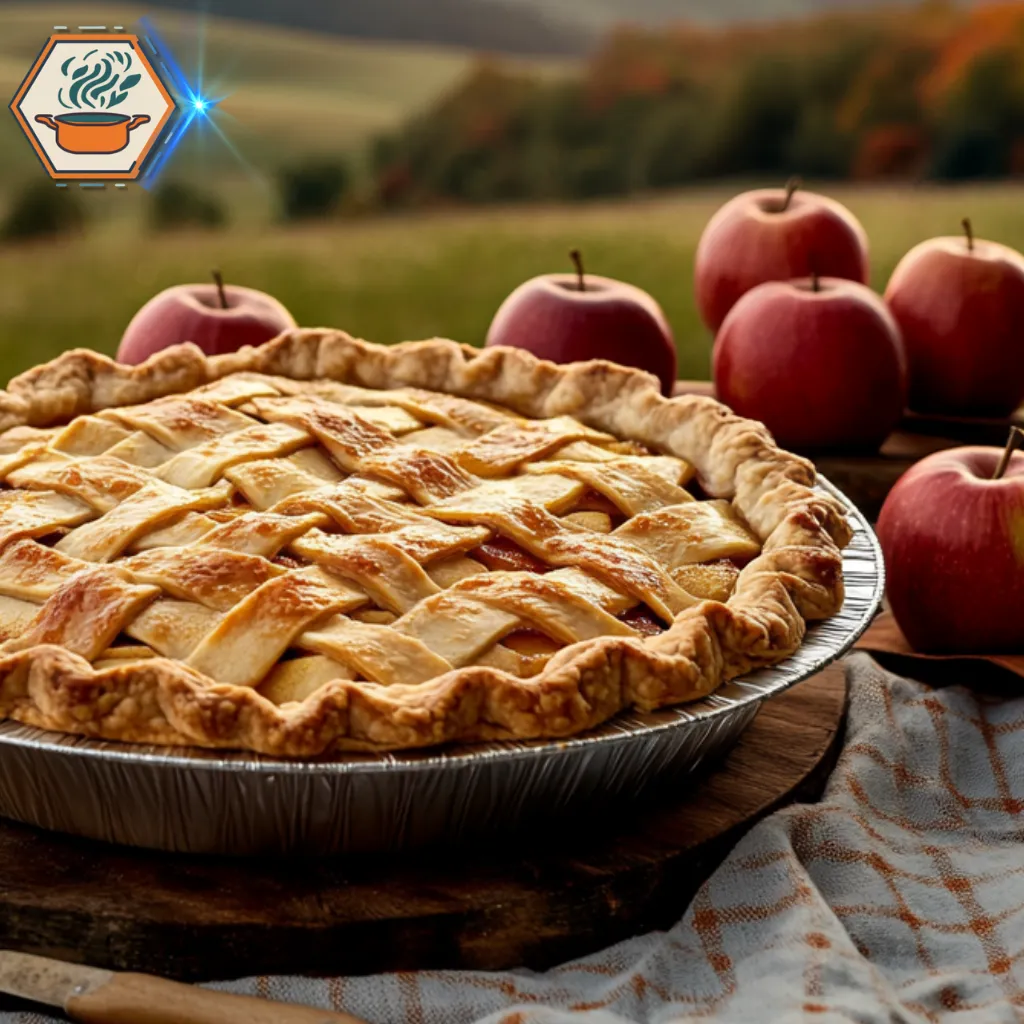
Ingredient List
To make this timeless apple pie, gather these essentials:
- For the crust:
- 2 ½ cups all-purpose flour
- 1 cup cold unsalted butter, diced
- ½ tsp salt
- 6–8 tbsp ice water
- For the filling:
- 6 medium apples (Granny Smith or Honeycrisp), peeled and sliced
- ¾ cup granulated sugar
- 2 tbsp cornstarch
- 1 tsp ground cinnamon
- ¼ tsp nutmeg
- 1 tbsp lemon juice
- 1 tsp vanilla extract
Step-by-Step Instructions
- Prepare the crust:
In a large bowl, mix the flour and salt. Add the cold butter and combine until crumbly. Gradually add ice water until the dough holds together. Divide it in half, wrap, and chill for 30 minutes. - Make the filling:
In a large bowl, toss the apple slices with sugar, cinnamon, nutmeg, lemon juice, and vanilla. Sprinkle cornstarch evenly and mix well. - Assemble the pie:
Roll out one dough portion and line a 9-inch pie pan. Add the apple filling. Roll out the second dough and cover the pie, sealing the edges. Cut small slits on top for steam to escape. - Bake:
Preheat the oven to 375°F (190°C). Bake the pie for 50–60 minutes or until the crust is golden brown. Let it cool for at least 2 hours before serving.
Tips for Achieving a Golden, Flaky Crust
- Use cold ingredients: Keep butter and water as cold as possible to prevent the dough from becoming greasy.
- Avoid overmixing: Minimal handling helps maintain the crust’s flakiness.
- Egg wash: Brush the crust with a beaten egg mixed with a splash of milk for a shiny, golden finish.
Creative Variations on Apple Pie
Vegan and Gluten-Free Recipes
- For a vegan pie, substitute butter with plant-based alternatives and use almond or oat milk in the crust.
- Gluten-free? Use a mix of rice flour, almond flour, and cornstarch to replace wheat flour.
Spice It Up
- Experiment with warming spices like cardamom or cloves. Add orange zest for a zesty twist.
Mini Apple Pie Tarts
- Transform the classic recipe into individual tarts. Roll the dough into smaller circles, fill, and bake in muffin tins. Cornstarch ensures the filling remains thick and manageable.
Troubleshooting Cornstarch in Apple Pie Recipes
Runny Filling After Cooling
A runny filling could mean the cornstarch wasn’t activated. Ensure the filling reaches a boil during baking to activate the thickener.
Overly Thick or Gelatinous Textures
Using too much cornstarch can result in a rubbery filling. Stick to the recommended amount and mix it well with other dry ingredients before adding liquids.
Storage Tips
Cornstarch helps preserve the filling’s texture over time. Store pies in an airtight container at room temperature for up to two days or refrigerate for longer shelf life.
Reader Engagement
For more tips on thickening desserts, check out our guide on How to Thicken Jello Pudding for Pie.
Expert Tips
External resources like The Kitchn’s Pie Baking Guide provide additional insights for perfecting your apple pie.
Final FAQs and Pro Tips for Readers
Can you make an apple pie without cornstarch?
Yes! Alternatives include flour, arrowroot powder, or tapioca starch. Each provides a slightly different texture.
How do professionals get the perfect pie filling?
Pro bakers recommend balancing thickening agents, using high-quality apples, and allowing the pie to cool completely before cutting.
By mastering these techniques and using cornstarch effectively, you’ll be ready to bake apple pies that impress every time. Happy baking!

